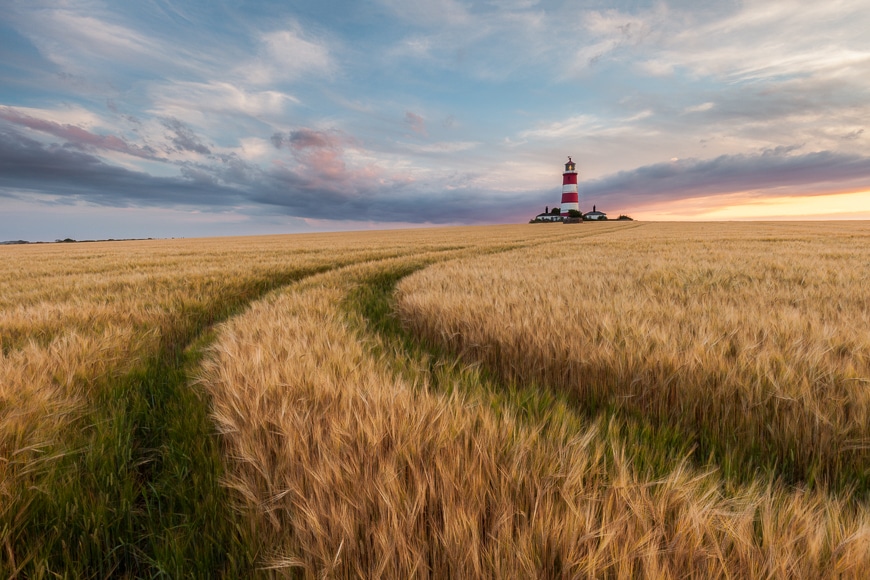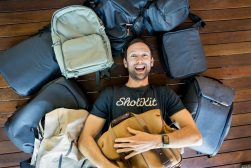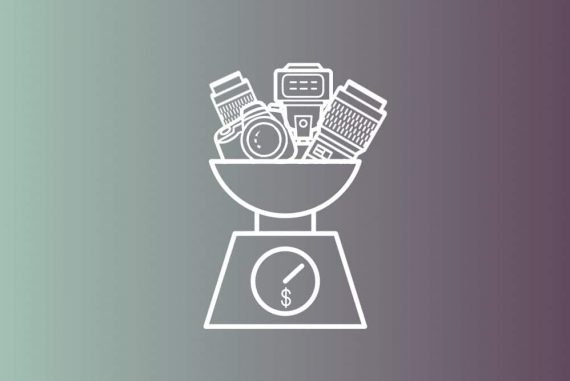










Justin Minns
Landscape | Last Updated: January 21, 2022
I am a UK based professional landscape photographer best known for atmospheric images of East Anglia. This is my local area but my work also takes me to many parts of the world.
Between local shoots and travel, I need a few different camera bags. I use f-stop bags as their modular system provides separate backpacks and a range of pouches that enables me to mix and match packs and camera units to create the space I need to suit each trip.
My go-to pack for local trips is the f-stop Lotus which is lightweight and has just enough room for my essential camera gear plus its weather-resistant. For my longer trips, I have an f-stop Tilopa, the larger volume of which has room for all my gear, plus extra layers that carry food, laptop and whatever I need.
Within my bags, I usually carry a fairly simple kit that includes a camera, three lenses, filters, a tripod and a few accessories like a set of tools that I have refined over the years.
My main camera is a Canon R5 with a fairly simple lens lineup.
I carry a Canon RF 24-105mm f/4L IS and EF 100 – 400mm L plus in an attempt to lighten the load I have just switched from a wide-angle zoom lens to a tiny Canon RF 16mm Prime. This gives me a huge range in just three lenses.
Filters that I can’t live without – a selection of LEE 100 filters, ND filters to lengthen exposure times, ND graduated filters to balance sky and foreground where the contrast range is too high for the camera to record and a CPL to control reflections and boost saturation.
Another thing I couldn’t live without is my loupe, a simple two times magnifier that goes over the screen to cut out reflections so that I can check images in bright light.
Stored in a separate f-stop pouch that I can drop in my bag when I need it is a DJI Mavic 2 Pro Drone, perfect for creating unusual angles or just reaching inaccessible views.
Lastly, while it’s not actually in my bag, I couldn’t neglect to mention my tripod. For my work a good tripod is essential. I use a Gitzo Systematic GT3543XLS, which is very tall and sturdy and a Gitzo mountaineer 2542 which is nice and light.
On both tripods, I have an Arca Swiss PO hybrid head which is one of my favourite bits of kit, a combination of a ball head and geared head. Using the ball head makes it quick to get the rough composition and then it is easy to fine-tune with the geared adjustments, perfect for landscapes.
www.justinminns.co.uk | @justinminns
2014

Like most photographers I have more than one camera bag, I’ve tried (and grown out of) several over the years but have finally managed to cut it down to three that cover different situations.
I have a Think Tank Retro 5 shoulder bag, perfect for travelling light on trips abroad, with just my Canon G1-X a couple of filters and a guidebook. On the other end of the scale for longer hikes or carrying more gear, I use a Lowepro Pro Trekker 300AW. A fairly large backpack capable of comfortably swallowing a couple of pro DSLR bodies, a handful of lenses, accessories, refreshments, spare clothes, kitchen sink etc. but for this article, I’ll focus on the kit I use most often.
The bag that I use the most is a Think Tank Retro 30, a decent size shoulder bag that thanks to the well thought out design and build is capable of holding far more gear than I actually put in it. The reason I favour this over a backpack is that as a landscape photographer I’m often stood in the sea, boggy fields or muddy river banks. In fact, I’m rarely anywhere where I would want to put my bag down. Unusually for a landscape photographer, I like to move around quite a bit and with this bag, I can easily access all my gear wherever I am without having to take the bag off.
In the bag, I usually carry a fairly simple kit camera, three lenses, filters, a tripod and accessories. All stuff which probably won’t carry many surprises but it’s a set of tools that do the job. This is only about half of my gear but I try and avoid taking extra stuff as it weighs me down and ultimately just gets in the way.
My main camera is a Canon 5D Mark 2 which usually has a Canon 17-40mm f/4 L attached to it. I love the drama you can create with a wide-angle lens so this gets a lot of use.
Alongside the 17-40mm I carry a Canon 24-105mm f/4L IS and Canon 70-200mm f/4L. The former is my workhorse standard zoom, the latter I use for flattening perspective and bringing layers in the landscape together.
I’ve often been tempted by the f2.8 alternatives to these lenses but as my camera lives on a tripod usually somewhere between f8 and f11 and lenses are generally set to manual focus I’m not sure it’s a luxury I really need especially as they’d make my bag considerably heavier.
One lens that’s less run of the mill which will shortly be finding its way into my bag is a Canon 24mm TSE II and I can’t wait to get creative with that. Incidentally, the white lens caps are so I can leave the filter rings in place.
Also in the bag are my filters and these I really couldn’t live without. I use a selection of Lee and Hitech filters plus ND filters to lengthen exposure times, ND graduated filters to balance sky and foreground where the contrast range is too high for the camera to record and a Heliopan slim CPL to control reflections and boost saturation.
The usual extras are there in the shape of spare CF cards (in Think Tank Pixel Pocket Rocket), spare batteries (again in a Think Tank wallet), cable release, and hot shoe spirit level. Also tucked away in various pockets are a cheap and cheerful Optech waterproof cover which is invaluable for keeping sea spray off the camera and lens and a Swiss army knife.
Cleaning duties are taken care of with a Lee microfibre cloth, rocket blower and a large ultralight travel towel for emergency drying jobs (me or the camera!)
Lastly, while it’s not actually in my bag, I couldn’t neglect to mention my tripod. For my work a sturdy tripod is essential, I use a Manfrotto 055CXPRO3, tall enough to be at my eye level should I wish and nice and light. The head is a Manfrotto Junior Geared Head which is one of my favourite bits of kit, adjustments can be easily made to the composition without having to unlock everything. Perfect for shooting landscapes!

Check out these 8 essential tools to help you succeed as a professional photographer.
Includes limited-time discounts.












